Why is pyromania developing and how to deal with it?
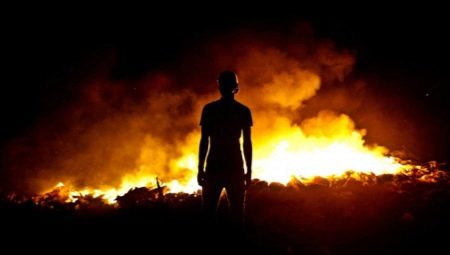
Since childhood, everyone has been taught that games with fire can end badly. But it's one thing to light a fire of curiosity or fun for the sake of it, and quite another to suffer from pyromania, when the lighting of fire and arson become a necessity, an obsession that a person himself cannot overcome.
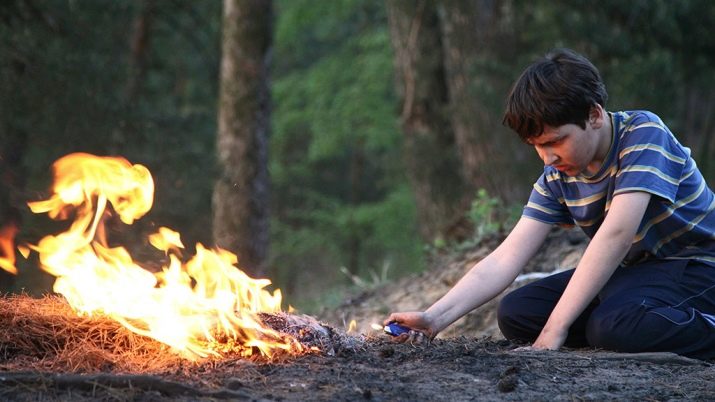
What it is?
Pyromania got its name from the ancient Greek words πῦρ, which means "flame" and μανία - "madness", "passion". This is the name of a mental disorder, which belongs to the category of behavioral disorders, attraction. Pyromania is a disease that manifests itself in an incredibly strong craving to commit arson and enthusiastically watch the fire blaze.
The term was first introduced into psychiatric practice in the 19th century, but the phenomenon itself was known long before that. Modern experts consider pyromania not only as a mental illness, but also from a legal point of view, as a direct violation of the law, a crime.
A true pyromaniac never sets fire to anything for profit or gain, as a protest or in order to hide the traces of crimes. His arson is the only way to get rid of an obsessive thought, to realize it. Watching a neighbor's house, a work of art, money or worthless rubbish blaze, the pyromaniac experiences the same joy, euphoria, satisfaction, it becomes easier for him.
Psychiatrists are aware of cases when pyromaniacs experienced real sexual arousal at the moment of burning something, followed by discharge. It is called pyrolagnia.
A pyromaniac never plans in advance what to burn. - an irresistible urge to commit arson arises suddenly, spontaneously, impulsively.Quite often, a pathological craving for a flame is formed in childhood, and the peak of the disease is considered to be between the ages of 16 and 30, inclusive.
Women suffer from pyromania much less often than men. The overall prevalence of mental disorder is about 0.4% of the population. That is how many pyromaniacs walk among us.
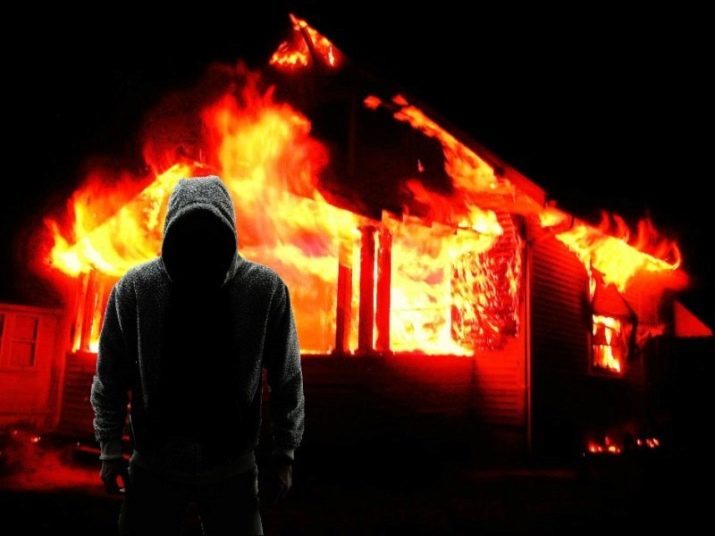
Pyromania can be an independent disease, or it can be a symptom of another mental disorder, for example, schizophrenia or psychosis caused by organic brain damage or prolonged use of alcohol or drugs.
History has known many pyromaniacs. The most famous can be safely considered Herostratus - an ordinary inhabitant of Ancient Greece, who was not famous for anything else, except for his strange attitude towards arson. The man simply took and burned down the temple of Artemis in Ephesus.
He could not really explain his act. Historians suggest that Herostratus just wanted to get his "moment of glory." And received. Together with a death sentence.
Pyromania was characteristic of the emperor Nero, which did not limit itself to one building and burned down the whole city at once - Rome. It burned for a week, and all this time Nero watched the fire. Realizing what happened, when almost everything burned down, the emperor did not find anything better than to blame the incident on Christians, after which mass pogroms began.
Known for his morbid attitude towards fire and famous physicist Robert Wood. From childhood, the boy loved to set fire to and explode something, and by the age of 8, Wood terrified those around him, and therefore police regularly visited him. Then the young physicist advised police officers, helping them to establish, in an expert manner, the types of explosives and flammable substances that criminals used when committing explosions and arson.

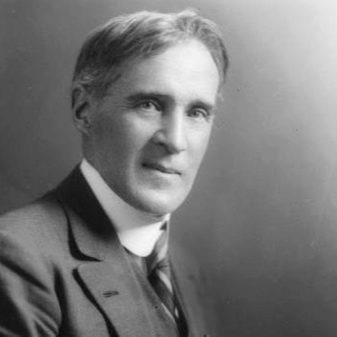
The most unfortunate one can be considered a pyromaniac from France. In 1776 the police arrested 16-year-old Jean Baptiste Mouron, who was obsessed with arson for no apparent purpose. For a series of fires, the young man was sentenced to 100 years in prison. It should be noted that Jean served his term "inside and out", having been released at the age of 116.
Causes of occurrence
Psychiatrists, observing pyromaniacs, concluded that in 99% of cases, the cause of the strange craving for fire should be sought in childhood or adolescence. But the disease gains strength later, already in adolescence and adulthood, making a person socially dangerous. It is difficult to pinpoint the exact cause that causes mental disorder in children, but scientists have been able to identify several predisposing factors.
- Character traits. Pyromaniacs are usually individuals with extremely low adaptability. They are almost unarmed in the face of stress, they have low self-esteem, and often have an inferiority complex. They tend to look negatively at the world, people and their actions. On the one hand, such people do not want to have anything to do with the world, but on the other hand, they need attention, and this is how they get out of this dilemma - by setting fire to something in order to attract it to themselves.
- Rough and authoritarian parenting model. It has been noticed that the vast majority of pyromaniacs grow up in asocial families. If at home the relationship develops such that there is always a place for cruelty, disrespect, open or latent violence, inability to control oneself, then this lifestyle and behavior can become dominant for the child.
- Low intellectual ability - this characteristic is also often, but not always, characteristic of clinical pyromaniacs. The reasons for the decrease in intelligence can be a low level of mental development, mental retardation, dementia, and brain injury in childhood. In this case, the pyromaniac does not at all understand that he is doing something abnormal, asocial, dangerous. He, as they say, "admires the present moment."
- Disorders of emotions and will, psychopathy - the main reason.But with her, a pyromaniac usually has a wide profile of illegal activities - he sets fire, and steals, and may be a swindler, prone to vagrancy.
- Frustration... It is believed that prolonged inability to meet important needs (eg, safety, food, sleep, sex) can also lead to the development of pyromania. In this case, an unhealthy attitude towards the flame develops against the background of severe mental stress, and arson is perceived as an episode of rest, distraction, and relaxation.

Pyromania is sometimes caused by negative childhood experiences. For example, a child witnessed a terrible fire, which made an indelible impression on him.
In this case, two variants of the disorder are equally possible - either there is a panic fear of fire (pyrophobia), or the desire to watch the fire over and over again (pyromania).
Symptoms
Before talking about how to recognize a pyromaniac, one should imagine the pathogenesis of this disease. Craving for fire is not formed immediately, but in stages.
- The thought always comes first, but in the patient it is obsessive, the person experiences an irresistible desire to set fire to something and enjoy the spectacle, it is impossible to get rid of the thought.
- Thinking stage includes mental tolerance. That is, the person has already decided for himself that he will do it, and now his mood rises - after all, he is in anticipation.
- Implementation stage - the arson itself. At this moment, a person achieves euphoria, pleasure, his production of adrenaline and serotonin increases.
- After the fire, when the adrenaline goes down there comes a period of remorse, awareness, the person is close to depression. And to get out of this state, he again needs serotonin and adrenaline. Since in the mania, other methods of getting pleasure do not bring such an effect, the obsessive thought (obsession) arises again.
Then everything repeats itself. Over time, the disease progresses, the time intervals between stages become shorter. Experts tend to believe that the focus of pathological activity in pyromaniacs is located in the frontal area of the cerebral cortex, which is responsible for complex behavior.
Often, the first symptoms make themselves felt in childhood. The child is passionate about ways to make fire and, despite the prohibitions of adults and punishment, he always finds matches, a lighter, which he uses for their intended purpose, setting fire to small household items, garbage on the street, old tires, furniture and benches at the entrance. The excitement and desire to watch the burning again quickly appear.
In adolescence, cravings become stronger, adolescents can defiantly commit arson, challenging society, concepts and rules. Adult pyromania is manifested by the repetition of the cycles described above, while in no episode of arson does a person have his own benefit, goals, or calculation. Often, adult pyromaniacs can plan a fire, but they are completely unaware of its consequences. During the planning stage, pyromaniacs are active, they move a lot, talk a lot, they are excited.

Forensic scientists and psychiatrists have noticed that most pyromaniac children prefer to watch the fire from the sidelines, while adults with such obsession, on the contrary, tend to help in extinguishing in order to be closer to the fire, to come into contact with it.
Between episodes of realization, patients very often think about flames, fires, enjoy watching all this on TV, in films, news broadcasts, they like to ponder and discuss methods of producing fire, its sources. They may even dream of a fire.
If a pyromaniac takes alcohol, the frontal lobe of his brain reduces the productivity of the analysis of complex actions, and drunken pyromaniacs often become uncontrollable, aggressive, can easily set fire to a house with people inside, a car in a parking lot in which a child or an animal is sitting.
Pyromania does not go away by itself. It progresses if treatment is not provided on time.And small arson gradually ceases to bring pleasure, more and more adrenaline is required, and therefore patients begin to encroach on large buildings with a large number of people. The feeling of guilt gradually disappears into oblivion, and after the fire, even if it was associated with human sacrifice, the inveterate pyromaniac no longer feels guilty, sympathy is alien to him.
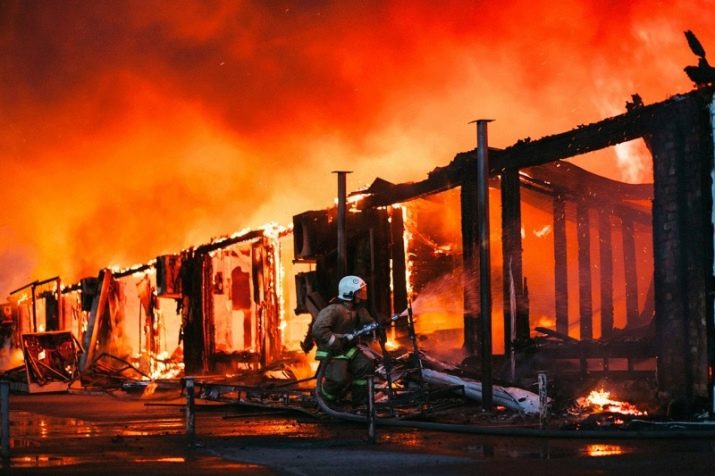
Treatment methods
Psychiatrists are involved in the treatment of pyromania. It is important for diagnosis to determine whether the arsonist had intent or gain. If yes, then they talk about a crime, if not, then it is possible that we are talking about a mental disorder. The only thing that makes the pyromaniac set fire is the desire to get pleasure from the process. Tests are done and an MRI or CT scan of the brain is done.
It is difficult to treat pyromaniacs - they do not admit that they have a disease, and therefore may refuse treatment. Quite often, therapy is compulsory. For treatment, medications are used - in a hospital setting, a person receives antipsychotics and sedatives. This helps reduce impulsivity, while reducing the intensity of obsessive obsessive thoughts.
This treatment is complemented by psychotherapy. But its passive methods, within which a person's beliefs and motivation are changed, have practically no effect. Therefore, it is considered more effective the use of hypnosis sessions with elements of suggestion and NLP.
Group and individual psychotherapy (cognitive-behavioral methods) are used already at the stage of recovery, as part of rehabilitation. Only when the pyromaniac himself begins to realize that he had an unhealthy craving for fire, psycho-correction of beliefs is possible.

The forecasts of specialists are generally quite favorable. If doctors are helped by relatives and friends of the patient, creating an interesting and eventful life for him, full of positive impressions that will replace unhealthy drives and teach him to enjoy other methods, it will be possible to achieve a long and lasting remission.
Unfortunately, there are also cases of relapses. But mostly they are characteristic of people who, after treatment, continue to abuse alcohol and drugs.
If you find that a child has a craving for fire, you should not ignore it - it is important to contact a child psychologist in time.
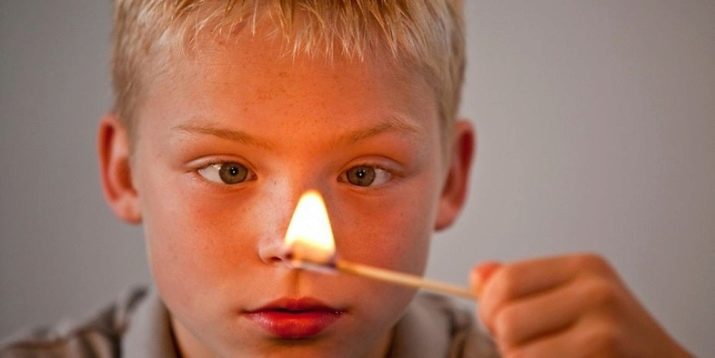
At the very initial stage of the formation of pathology, it can be corrected by educational methods, but the specialist must tell how exactly, since belt and strict prohibition are not always the only effective measures of influence.








